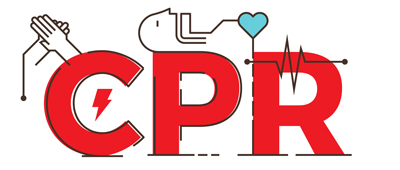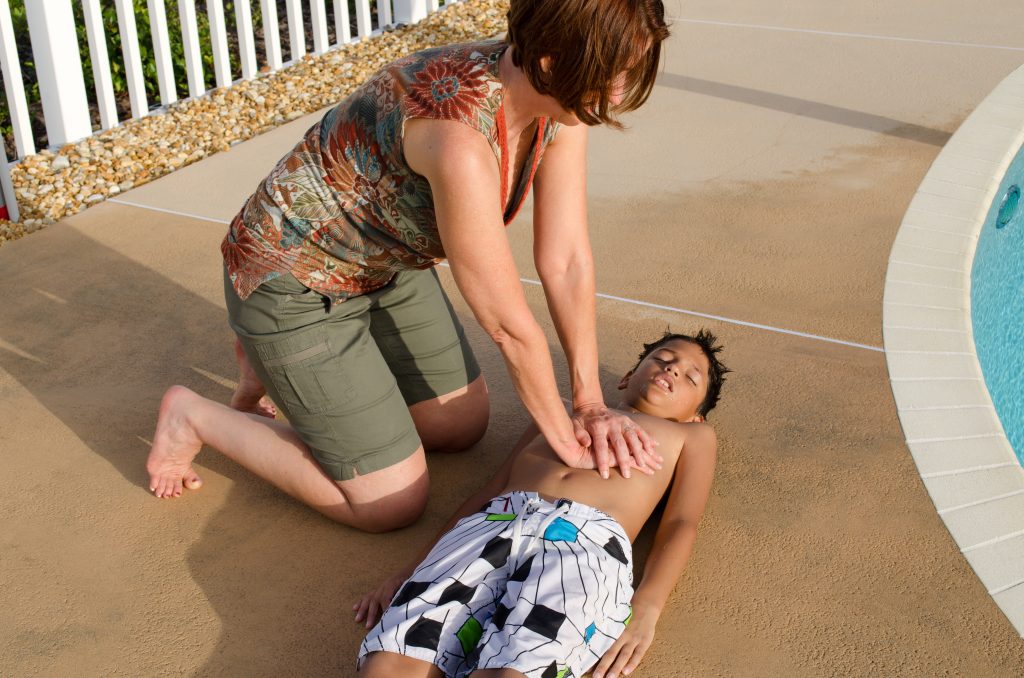The potency of Cardiopulmonary Resuscitation (CPR) in medical emergencies cannot be overstated. This powerful tool is a life-saving procedure combining chest compressions and rescue breaths, capable of bridging the gap between life and death. By understanding CPR, individuals can effectively respond to critical situations. In this article, we aim to demystify the concept of CPR, highlighting its key components and their importance in sustaining life during emergencies. Our goal is to instill in our readers not just the knowledge of this life-preserving technique, but also the confidence to apply it when the situation demands. Welcome to this concise guide on CPR – your roadmap to becoming a potential life-saver.
The Essence of Life: An Insight into CPR
 Understanding the CPR Acronym
Understanding the CPR Acronym
- ‘C’ is for Cardiac, indicating the heart.
- ‘P’ is for Pulmonary, representing the lungs
- ‘R’ for Resuscitation, reviving from unconsciousness or seeming death.
Together, CPR refers to an emergency procedure that becomes necessary when a person’s heart stops. It acts as a manual stimulant for the heart, maintaining the rhythm of life.
CPR Methodology: The Role of Chest Compressions and Rescue Breaths
At the core of CPR are two primary actions: chest compressions and rescue breaths. These two elements harmonize to ensure a continuous oxygen supply to the brain until further medical help arrives. Chest compressions facilitate blood circulation by stimulating the heart, while rescue breaths provide the much-needed oxygen.
Lifesaving Rhythm: Executing CPR
A Step-by-step Guide to Performing CPR
As a preliminary step, it is imperative to contact local emergency services. After establishing contact with professional help, you can administer CPR by following these steps.
- Position the heel of one hand precisely at the center of the chest.
- Overlay the second hand upon the first, ensuring your fingers are securely interlaced.
- Administer firm and rapid pressure downwards, maintaining a depth of about 2 inches and a rate of 100-120 compressions per minute. Push hard and fast.
- For healthcare providers and those trained – after performing 30 chest compressions, administer two rescue breaths to the person. To do this, tilt their head back, close their nose, cover their mouth with yours, and exhale until their chest rises.
- For the general public- we recommend compression-only, or Hands-Only CPR. Hands-Only CPR is CPR without mouth-to-mouth breaths. The efficacy of CPR lies in the continuous repetition of compressions until professional medical help arrives.
AED.US dives into our comprehensive guide on CPR, demonstrating its importance, methodology, and implementation. Arm yourself with a life-saving skill, ready to make a difference.
About High-Quality CPR
Anyone – including bystanders – can perform high-quality CPR. Just be sure to remember the following:
- Strive to limit the cessation of chest compressions.
- Ensure the compressions are an appropriate rate and sufficient depth.
- Refrain from exerting pressure on the victim in between compressions.
- Guarantee accurate placement of hands during the procedure.
- Prevent over-ventilation during the resuscitation process.
Maintaining the Lifeline: Frequently Asked Questions about CPR
Is CPR exclusive to cardiac arrest victims?
CPR is an indispensable life-saving technique that isn’t confined to cardiac arrest scenarios. Its applicability extends to other situations such as drowning, choking, or any incident causing cessation of breathing or heart rhythm. This broad utility underscores its importance and the urgent need for widespread knowledge.
Who can perform CPR?
No exclusivity surrounds the act of performing CPR – it’s a skill open to all. We encourage everyone to learn it. While receiving formal training and earning certification bolsters one’s competence and confidence, bystander CPR, even without such credentials, can be a decisive life-preserving intervention. This democratic nature of CPR reinforces the idea that each of us, regardless of background, can be a life-saver.
Can performing CPR potentially harm someone?
CPR, like all medical interventions, carries a slight risk – there is a small chance of causing rib fractures. However, this risk pales in comparison to the grave consequence of inaction, which can potentially result in loss of life. The guiding principle here is clear: It’s always better to perform life-saving action than to remain paralyzed by fear or doubt.
Is CPR always successful?
While CPR can considerably enhance survival odds when initiated promptly, it doesn’t come with a guarantee of success. The efficacy of CPR hinges on myriad factors, including the cause of the cardiac arrest, the time elapsed before starting CPR, and the quality of the CPR provided.
Are there CPR training courses available?
Indeed, numerous institutions offer CPR courses to the public. These programs not only teach the technical aspects of CPR but also foster a sense of responsibility and readiness to act in emergencies. The knowledge and confidence gained from such courses could, one day, be the difference between life and death.
How often should CPR certifications be renewed?
As for maintaining CPR competence, certifications typically need renewal every two years. Regular updating of one’s skills aligns with the evolving nature of CPR techniques and guidelines, ensuring that individuals are equipped with the most current, effective approaches to saving lives. This commitment to continual learning reflects the seriousness of CPR as a life-saving technique and the responsibility of those trained to perform it.
Conclusion: Sustaining the Lifeline
Everyone should equip themselves with CPR, an essential life-saving skill. Emergencies seldom provide advance warning, and possessing CPR knowledge might be the vital link between life and death. The effectiveness of CPR hinges not just on understanding the method, but also on the readiness to respond promptly in critical situations. The initial few seconds are crucial, and launching CPR swiftly can significantly boost survival chances. A CPR class offers the practical skills necessary to confidently and competently tackle such emergencies. As you refine your technique through regular practice, you arm yourself with a transformative tool capable of drastically changing the trajectory of events. Be proactive, master this invaluable skill, and stand ready to create a profound impact at the most crucial times.
Last updated August 3rd, 2023







